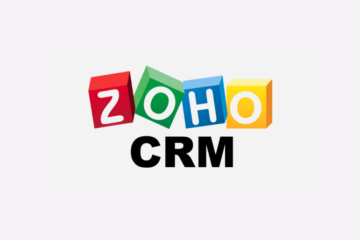
Last week our students focused on the “how” of good digital strategy, learning how to create and curate interesting content. This week, we turn our focus to the “where” of digital communication effectiveness by teaching social media strategy. Even though in the planning stage students selected their primary digital communication channels, like Facebook, Instagram, X (formerly Twitter), TikTok, Etsy, among many others, this week we focused on how to create interesting hooks that will draw the social media user into the brand story and entice them to click through to the website blog where the primary content has been posted. These organic social acquisition strategies are critical to brand awareness and help lead web users through to the top of the goal funnel. Specifically, students learned to use the AIDA model (Awareness – Interest – Desire – Action) to move users through their online goal funnels towards a desired action. The primary actionable goal is to entice users to fill out an online web form to gather the user’s name, contact information, and feedback. These leads will assist in establishing a relationship with the users that will hopefully start with the completion of an email subscription form and in time, lead to the completion of additional forms on site. This reinforcing cycle turns online users into customers, and in time, into advocates.
This week we also introduce the WordPress compatible marketing scheduling tool called CoSchedule. CoSchedule is an all-in-one marketing calendar for content, social, and email posting. As with all third-party products here at The Digital Engine, we introduce the students to a free version of the tool so that they can learn to use it effectively at no cost to them. The current free version of CoSchedule allows students to connect two of their social media platforms to their marketing tool. Once the connections have been made through the setup process, students can then create social posts right from their blog creation screen. It is a very handy tool that allows students to create and post almost all of their inbound content and social media strategy on the same screen. CoSchedule uses a monthly calendar to demonstrate when blog, social and even email posts are scheduled and allows students to see a 3000-foot-view of their inbound marketing campaign, all from the same calendar. It is a very good complement to our editorial calendar process created through Excel earlier in the semester. Using CoSchedule allows students to gain valuable experience with a very popular calendar tool, which if they go on to work in the digital marketing industry, will be a valuable skill set learned.
To learn more about how your students can use The Digital Engine in your class to learn social media strategy, come check out our Higher Education course offerings at http://thedigitalengine.net/higher-education/.




0 Comments